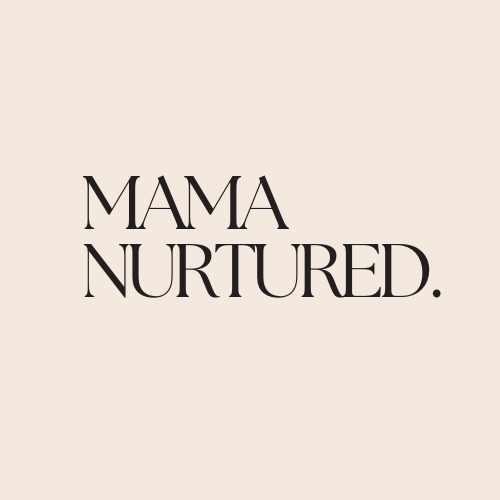We break at the point we were broken as children
One of the most profound, yet often unspoken, aspects of our parenting journey is how our children can trigger us in ways that reveal our own unresolved past. It is in these moments, when our patience wears thin or when we react more harshly than intended, that we are being called to look inward and heal the parts of ourselves that were once broken.
Triggers and Reflection
Children have an uncanny ability to expose the places within us where our needs were unmet. Their pure, unfiltered emotions can act as a mirror, reflecting back to us the times in our own past when we felt unseen, unheard, or unsafe. When a child's behaviour triggers a strong emotional reaction in us, it often points to an area within ourselves that still needs attention.
As children, we are primarily feeling beings. We are acutely aware of our environment and intuitively sense whether it is safe or threatening. This primal awareness is often suppressed as we grow older and adapt to the expectations of a modern, intellectually driven society. As adults, we have learnt to prioritise thinking over feeling, often to our detriment. We become experts at rationalising and suppressing our emotions rather than experiencing and releasing them.
Talking therapy, while absolutely valuable, can sometimes fall short because it relies heavily on our ability to verbalise and intellectualise our experiences. However, true healing often requires us to reconnect with our bodies and the emotions stored within them. Emotional pain can manifest as physical symptoms, such as chronic pain, gut issues, or headaches. Our bodies hold onto the emotional energy (the word “emotion” comes from energy in motion) from our past, and it is through feeling and releasing these emotions that we can truly heal.
As children, many of us were told not to cry, to be brave, and to "get over it." These well-intentioned admonitions taught us to suppress our natural emotional responses. Crying, shaking, moving and other physical expressions of emotion are crucial ways our bodies release pent-up stress and trauma. When these expressions are stifled, the emotions remain trapped within us, often resurfacing later in life as physical ailments or emotional triggers.
Healing Through Feeling
To heal these old wounds, we must allow ourselves to feel. This involves reconnecting with our bodies and allowing the emotions to surface and flow. Techniques such as somatic experiencing, bodywork, and other forms of therapy like kinesiology can be incredibly effective in releasing trapped emotions. These methods help us bypass the intellect and tap into the body's natural ability to heal itself.
In my postnatal treatments, we focus on releasing these trapped emotions. Many new parents find that the intense experience of childbirth and the subsequent transition to parenthood can bring old emotions to the surface. By addressing these emotions, we can alleviate physical pain, improve digestive health, reduce symptoms, and promote overall well-being.
Conclusion
Our children are not just our greatest teachers; they are also our guides to healing. When they trigger us, they offer us a precious opportunity to look back at our own past and nurture the parts of ourselves that were once neglected. By allowing ourselves to feel and release these emotions, we can break the cycle of pain and create a healthier, more nurturing environment for our children.
If you find yourself struggling with physical or emotional pain, please get in touch. Together, we can work through these challenges and find a path to true healing and well-being.



